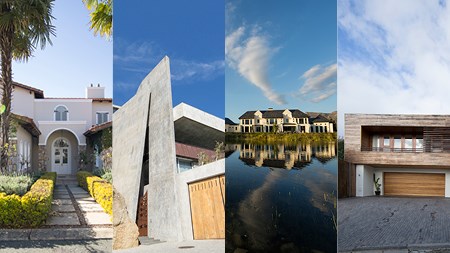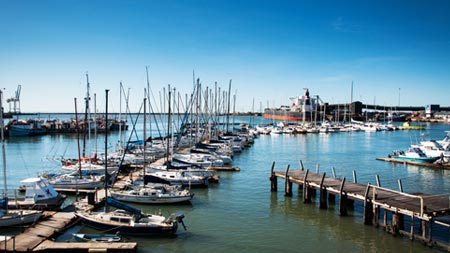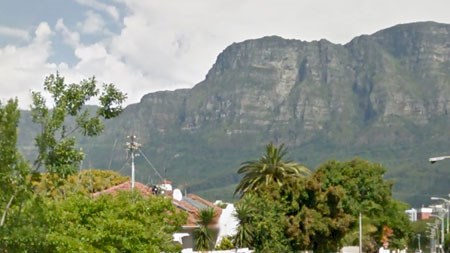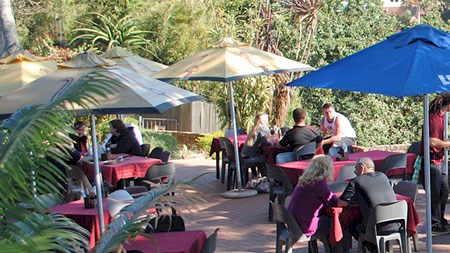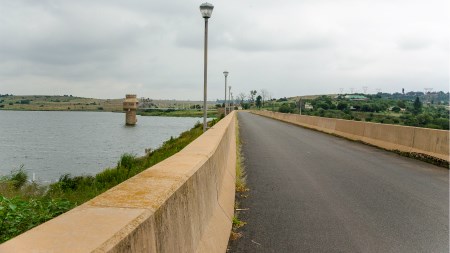The diverse nature of this neighbourhood makes it a cultural melting pot with mosques, churches and temples.
About the area
Malabar is an area of Port Elizabeth that is steeped in history and culture. It was established during the apartheid era as a primarily Indian suburb. Families were moved to Malabar from other areas often with very little to their names. This is where they rebuilt their lives. The area has become an important part of local history where homes and religious institutions tell the story of the people who have lived there for generations.
Over the years, Malabar has diversified and where there were initially few religious institutions – SS Aulayam temple, Seva Samaj Mandir temple, Our Mother of Perpetual Help Catholic Church, Indian Dutch Reformed Church and Masjid al-Fuqara – there are now many mosques, temples and churches.
There is a deep feeling of community, with the Malabar community hall the most popular spot for get-togethers, from workshops and fundraising initiatives to celebrations.
Although the area has two shopping centres, shops and businesses run from home are popular. You can have the catering for your party done at one home-run business and down the road you can get a haircut for R30 with a neck and head massage thrown in.
According to Mogan Segadavan, former teacher and resident of Malabar for over 40 years, Malabar was initially a small suburb with three categories of houses. The sub-economic houses were divided into two categories: those with running water and indoor plumbing, and those houses that had no ceiling and an outside toilet. The latter were called the R5 houses (after the rent of the time).
The next phase built by the municipality was what was referred to as Hungry Town because residents teased that the rent was rather expensive and tenants went “hungry”. After that the municipality built Smarty Town – so called because of the colourful homes. Meanwhile, plots were made available and many private homes were built – many of which are grand in scale and design. More recently RDP houses have been added giving rise to Extension 6.
One of the suburb’s best-known schools, Woolhope Secondary, which was initially built as an “Indian school”, was one of the first to defy the government and accept pupils of different races. Before the new dispensation Malabar had the highest concentration of doctors in South Africa, according to Human Sciences Research Council stats.
Well-known South Africans who hail from the area include Haroon Lorgat, CEO, Cricket South Africa; Ronnie Pillay, judge, Supreme Court of Appeal; and Justice Dayalin Chetty.
It is very quiet compared to other areas. The community stands together and the Malabar Patrols do a great deal to rid Malabar of crime.
-Judy De Vega, who grew up in Malabar.
Religious institutions in the area:
- SS Aulayam temple
- Seva Samaj Mandir temple
- Sathie Sanmarka Sungum
- Our Mother of Perpetual Help Catholic Church
- Indian Dutch Reformed Church
- Reformed Church in Africa
- St Georges Congregational Church
- Malabar Baptist Church
- Al Azhar mosque
- Masjid Shaakireen
- Masjid al-Fuqara
- Masjid al-Mans
- Masjid Abu Bakr
Top schools:
- Malabar Primary School
- Al-Azhar Primary School
- Woolhope Secondary School
- Nasruddin Islamic School
Best in food:
- Bismillah Take-Aways
- Mega Bite Take Outs
- Chilli Cafe
This article originally appeared in Neighbourhood, Sunday Times.
